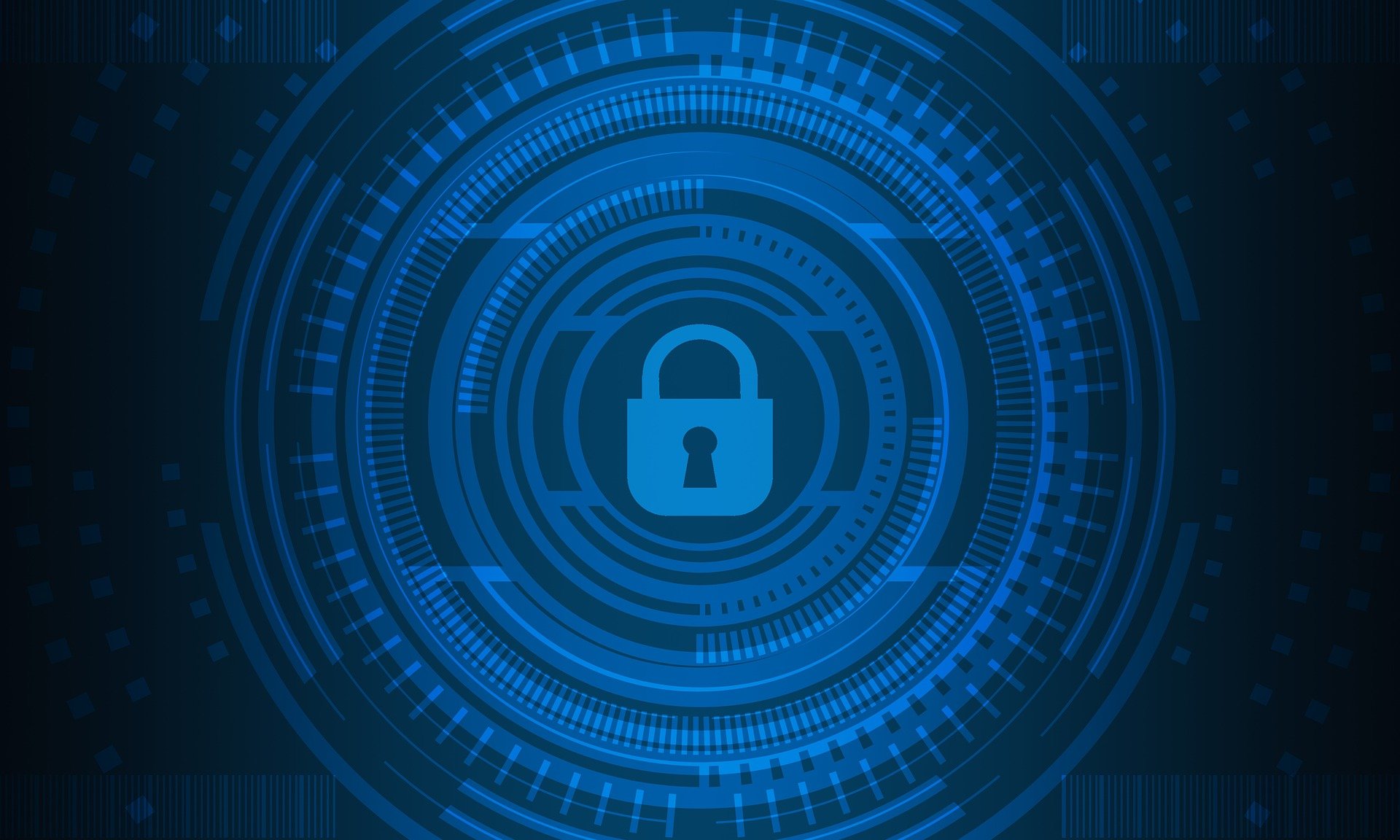Are you living in Alaska or are you part of a business that operates in Alaska? If so, there is one thing that you need to keep in mind–Alaskan residents get scammed more than residents of any other state. Alaskan consumers are at an increased risk of financial loss due to scams that involve ransomware attacks, phishing emails, fake websites, identity theft attempts, and more. Thus businesses within the state need to understand these threats and reach out to their IT department and administration departments to better protect themselves. In this blog post, we’ll discuss why Alaskans get scammed at a higher rate than anyone else in the country and ways your business can take preventative measures against fraud.
Overview of the Prevalence of Scams in Alaska
Scams are designed to exploit both trust and vulnerability. Some of the more prevalent scams include identity theft, phishing scams, credit card fraud, pyramid schemes, and investment fraud. According to the Consumer Sentinel Network, Alaskans reported 2,521 fraud complaints in 2019, a total loss of $5,753,887. These numbers may not seem significant compared to other states, but they represent a growing trend in fraudulent activities. It is critical that everyone, especially Alaskans, are educated about the different types of scams and how to protect themselves from these schemes.
Tips to Ensure Your Finances Are Secure Against Scammers
Despite being a vast area with a small population, Alaska is not immune to scammers who use evolving, sophisticated tactics to deceive their targets. Don’t respond to unsolicited emails or calls requesting sensitive information. Scammers often pose as reputable organizations to make their requests more convincing, but legitimate institutions will not ask for personal details via these channels. The hallmark of a scam is an offer that seems to be TOO good, and it is best to be skeptical of anything that falls into that category. Additionally, it is essential to keep your online accounts secure which can be done with things such as two-factor authentication and strong passwords.
How to Protect Yourself if You Are Scammed
No one likes to think that they may fall victim to a scam, but unfortunately, it can happen to anyone. It’s important to protect yourself and take action if you do become a victim. One of the first steps is to report the scam to law enforcement agencies as well as the Federal Trade Commission. These agencies may be able to investigate and potentially prevent others from being scammed in the future. Additionally, it’s important to monitor your financial accounts and credit reports to ensure that no unauthorized charges or accounts have been opened in your name. Stay vigilant and reach out for help if you think you’ve been scammed.
Common Scams Targeting Alaskan Residents and How to Avoid Them
Protecting your finances against scammers has become integral to ensuring financial security. First and foremost, be cautious of any unsolicited phone calls, emails, or text messages asking for personal information or money. Scammers often use these tactics to trick unsuspecting individuals into providing them with sensitive information or making payments. Additionally, it’s crucial to keep your passwords and PINs safe and secure. Use unique passwords for each account, and be exceptionally cautious about sharing them with anyone – even a trusted friend or family member. Finally, consider investing in fraud protection services or monitoring your credit report regularly for suspicious activity.
Be Vigilant and Proactive, Personally and as a Community
One key way to combat scams is to educate yourself and others about the different types of fraud as well as the common tactics scammers use to take advantage of people. Additionally, fostering a strong sense of community and encouraging open dialogue with your neighbors can help ensure everyone is aware of potential scams and can work together to prevent them. Finally, reporting any suspected fraud to the appropriate authorities is crucial in stopping scammers from continuing to prey on unsuspecting individuals. Everyone can play an important role in preventing scams and protecting their community.
All in all, it’s important to be observant and aware of the prevalence of scammers and always think twice before clicking on anything. Keep your finances secure with added layers of protection. Remember- if you are a victim of a scam, report it as soon as possible so other people in your community can potentially avoid becoming targets too. Above all else, take a proactive role in engaging with local communities whenever possible to help create awareness and prevent further scams from occurring. So take the initiative, and spread the word – let’s get everyone involved in the fight against fraudulent activity!
Implement Smart Carrier’s recommended security measures – two-factor authentication, strong passwords, and more – to ensure your online accounts remain impenetrable.
If you encounter a potential scam, report it to law enforcement agencies and the Federal Trade Commission. Your actions can contribute to preventing others from falling victim to similar schemes.
Smart Carrier’s STIR/SHAKEN (Secure Telephone Identity Revisited/Signature-based Handling of Asserted information using toKENs) is a framework designed to combat telecom fraud, particularly the issue of robocalls and caller ID spoofing. Here’s how Smart Carrier’s STIR/SHAKEN service works to address telecom fraud:
- Caller ID Authentication:
- STIR (Secure Telephone Identity Revisited): This component of the framework focuses on authenticating the calling party’s telephone number.
- SHAKEN (Signature-based Handling of Asserted information using toKENs): This aspect involves the generation and verification of digital signatures to ensure the integrity and authenticity of the calling party’s information.
- Digital Signatures:
- When a call is initiated, the originating service provider generates a digital signature (a “token”) for the call details.
- This digital signature is then attached to the call information, including the caller’s phone number.
- Verification Process:
- The call traverses the telecommunication network, and as it reaches the terminating service provider, SHAKEN is employed to verify the digital signature.
- The verification process helps ensure that the call information has not been tampered with and that the caller’s identity is legitimate.
- Caller ID Transparency:
- If the verification is successful, the call can be marked as verified, providing a level of transparency to the end user regarding the legitimacy of the caller’s identity.
- This transparency helps users make informed decisions about whether to answer a call, especially when the caller ID has been a common tool for fraudsters using spoofed numbers.
- Fraud Deterrence:
- By implementing STIR/SHAKEN, telecom providers can deter fraudulent activities, including robocalls and caller ID spoofing.
- The framework discourages fraudsters by making it more difficult to spoof legitimate phone numbers and by enabling traceability of calls back to their source.
- Regulatory Compliance:
- In some regions, regulatory bodies have mandated the implementation of STIR/SHAKEN as part of broader efforts to combat telecom fraud.
- Telecom providers are encouraged or required to adopt these standards to enhance the security and trustworthiness of voice communications.
- Industry Collaboration:
- STIR/SHAKEN encourages collaboration within the telecom industry. Service providers can share authenticated information, making it harder for fraudsters to exploit vulnerabilities across different networks.
While STIR/SHAKEN is a significant step in the right direction, it’s important to note that it is not a complete solution. Additional measures, such as consumer education, regulatory actions, and continued technological advancements, are also crucial in the ongoing fight against telecom fraud.







